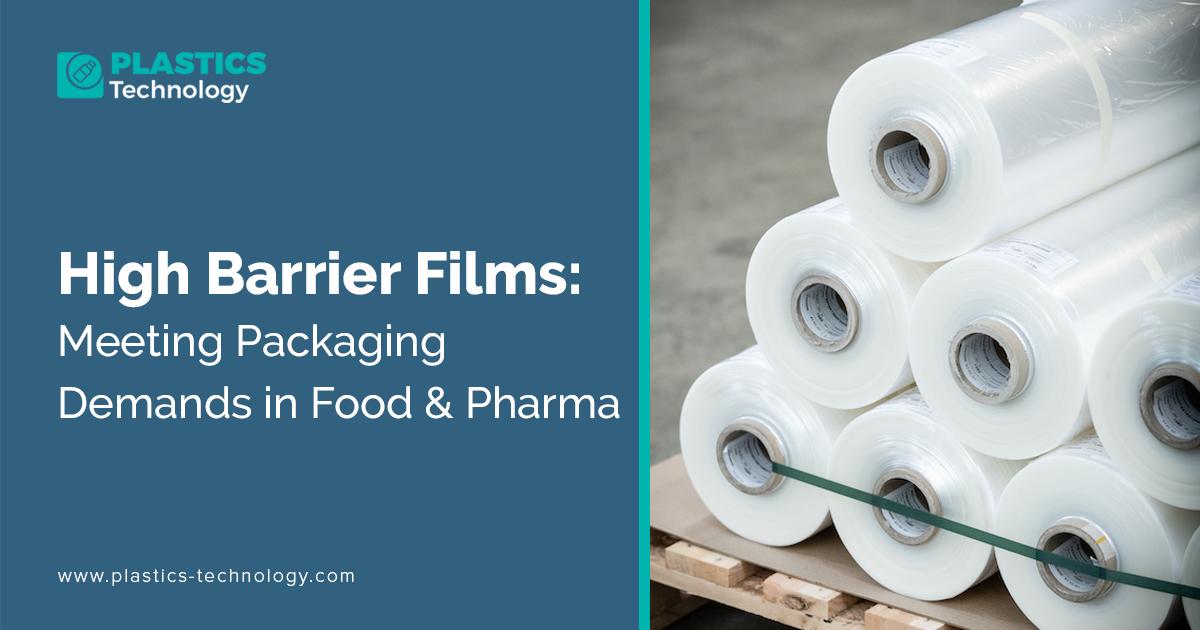Notifications

3 minutes, 41 seconds
-14 Views 0 Comments 0 Likes 0 Reviews

High barrier plastic films are literally changing the face of food packaging films and the pharmaceutical protection industries in an era of convenience, good health and sustainability. Extending in long shelf life benefits to being able to execute complicated regulatory and environmental requirements, all these advanced materials are redefining the stakes of flexible packaging. And how can they be so strong and why do food and pharma be so keen on this innovation?
Let us see how the high barrier plastic films are satisfying the growing needs of these essential sectors, as well as sustainability issues and consumer needs.
The Essential Role of Barrier Films in Food Packaging
Three pillars of consumer experience in terms of packaged food and that is freshness, hygienic sanitation and appearance. High barrier protection films - are at the core of everything. These types of flicks regulate the entry of oxygen, moisture and even UV and even volatile substance. Since the chemical and biological stability of packaged food is dependent on the properties of the barriers associated with plastic packaging to a large extent.
Whether it is meat, cheese, ready-to-eat-meals, or snacks, extending shelf life by using plastic films is a norm. Goods which have to be refrigerated or consumed quickly are now having longer allocation, or are available worldwide through extensive distribution, with high barrier plastic films. The Oxygen transmission rates (OTR) and water vapor transmission rates (WVTR) are also important parameters that define the efficacy of these films.
However, the innovation is not just about the performance. Brands have become transparent (literally), recyclable, and cost-effective - and these are the innovations that brands are driving towards packaging.
Pharma’s Demand for Precision and Protection
Whereas the food products age in presence of oxygen and moisture, the pharmaceutical products which largely include injectables and tablets, and the packaging films of medical devices have a much tighter control environment they need. Barrier films in pharma is not only about extended shelf life. It is all about stopping contamination, molecular integrity and delivery effectiveness.
Even a minor packaging compromise can have significant health consequences when it comes to high-barrier films for specialized drugs and nutraceuticals. The films used in this case should not only oppose moisture and oxygen, but also chemical leaching, sterilization processes and even radiations in certain instances.
Note, flexible packaging in pharma is adversely affecting the inflexible packaging standards. Firms are also embracing plastic films in their shelf life enhancement into blister packs, sachets, transdermal patches, and biologics packs without compromising on the FDA, EMA, and other worldwide regulatory requirements.
Read Full Article: https://www.plastics-technology.com/articles/high-barrier-films-meeting-packaging-demands-in-food-pharma
AI in the Pharmaceutical Industry Asia Pacific Pharmaceutical Packaging Market Size Pharma High Barrier Films

